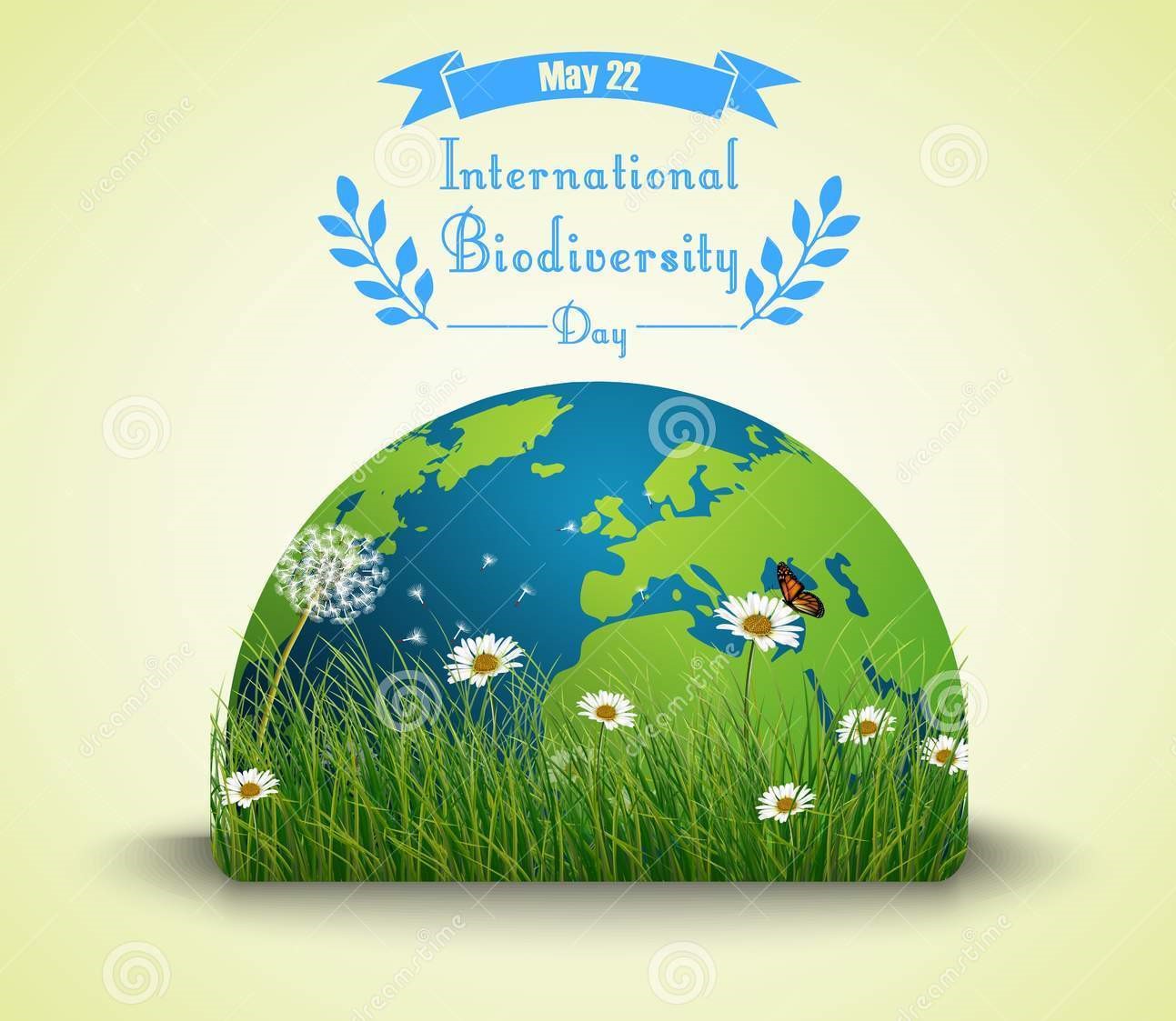International Biodiversity day
 Biodiversity plays a major role in maintaining the balance of the earth. It is the foundation of ecosystem services to which human well-being is intimately linked. All the variety of animals, plants, fungi and even microorganisms like bacteria make up our natural world. Biodiversity is not evenly distributed; rather it varies greatly across the globe as well as within regions. Among other factors, the diversity of all living things depends on temperature, precipitation, altitude, soils, geography and the presence of other species. The study of the spatial distribution of organisms, species and ecosystems, is the science of biogeography.
Biodiversity plays a major role in maintaining the balance of the earth. It is the foundation of ecosystem services to which human well-being is intimately linked. All the variety of animals, plants, fungi and even microorganisms like bacteria make up our natural world. Biodiversity is not evenly distributed; rather it varies greatly across the globe as well as within regions. Among other factors, the diversity of all living things depends on temperature, precipitation, altitude, soils, geography and the presence of other species. The study of the spatial distribution of organisms, species and ecosystems, is the science of biogeography.
The International Day for Biological Diversity is marked on May 22. This year, the day is falling on a Saturday. As the name suggests, International Day for Biological Diversity is observed to raise and create awareness about biodiversity issues. The theme of the day this year has been finalized as, “We’re part of the solution #ForNature.” The idea behind choosing this as the theme is to draw people’s attention towards the fact that biodiversity continues to be the answer for a significant number of sustainable development challenges. This year’s theme is in fact in continuation with the momentum generated in 2020. Last year’s theme was, “Our solutions are in nature.” The main idea behind these themes is to convey to people that conservation and rebuilding of bio diversity can help mankind find solutions to things as serious as climate change, health issues.
Types of Biodiversity
1) Genetic Diversity
It refers to the variations among the genetic resources of the organisms. Every individual of a particular species differs from each other in their genetic constitution. That is why every human looks different from each other. Similarly, there are different varieties in the same species of rice, wheat, maize, barley, etc.
2) Species diversity
Species diversity refers to the variety of different types of species found in a particular area. It is the biodiversity at the most basic level. It includes all the species ranging from plants to different microorganisms.
3) Ecological diversity
An ecosystem is a collection of living and non-living organisms and their interaction with each other. Ecological biodiversity refers to the variations in the plant and animal species living together and connected by food chains and food webs.
Importance of Biodiversity
- Formation of Soil
- Fertility of the soil
- Increase in overall crop yield and fodder production
- Increase in soil nutrient remineralisation
- Increases resistance to plant invasion
- Decreases disease prevalence on plants
- Increases soil organic matter

